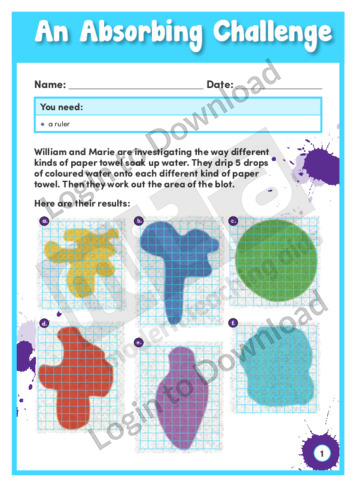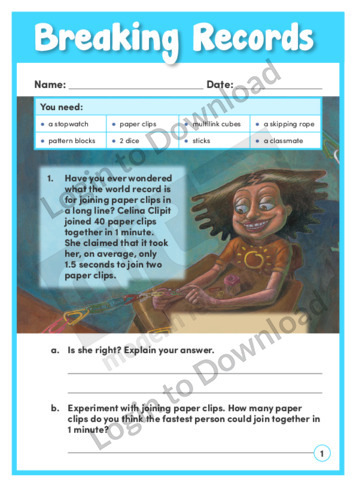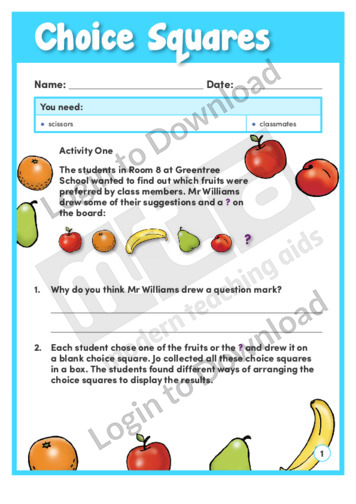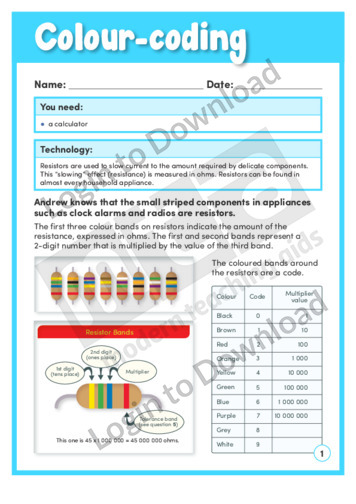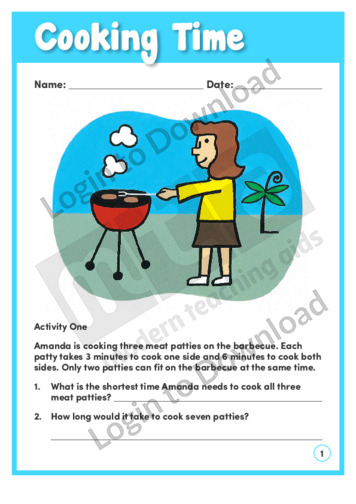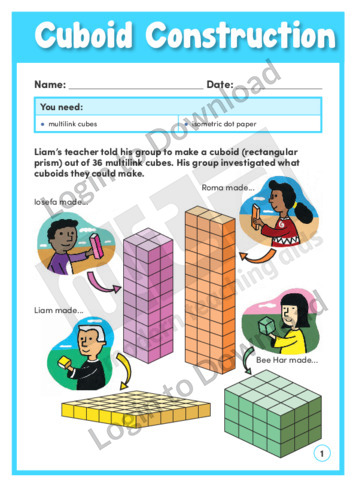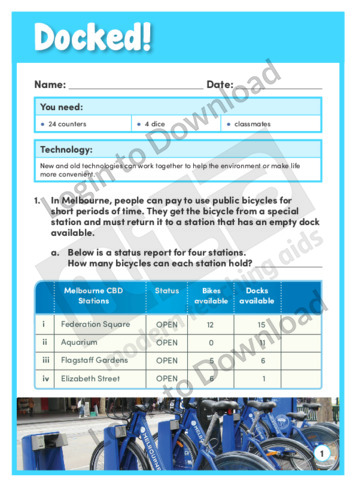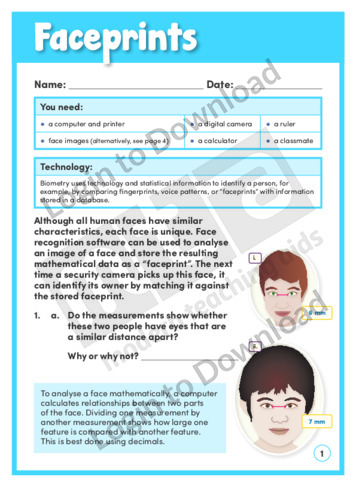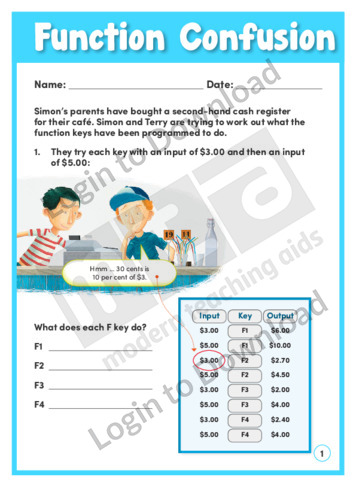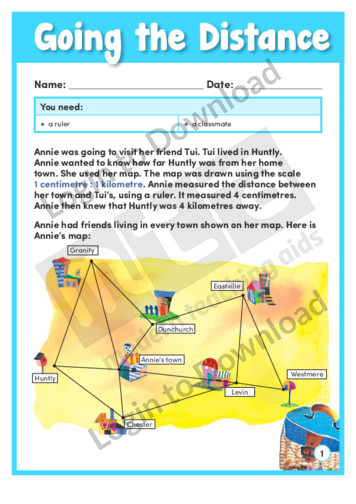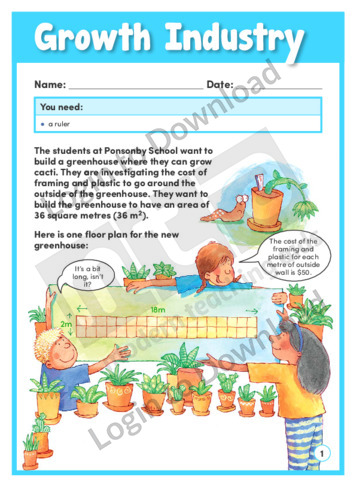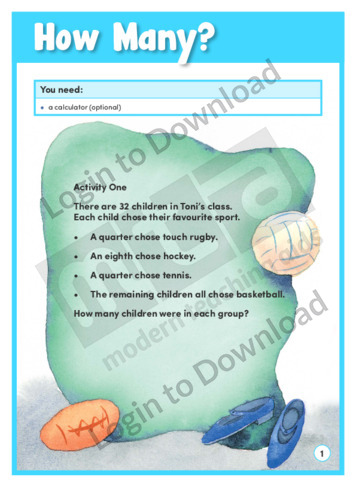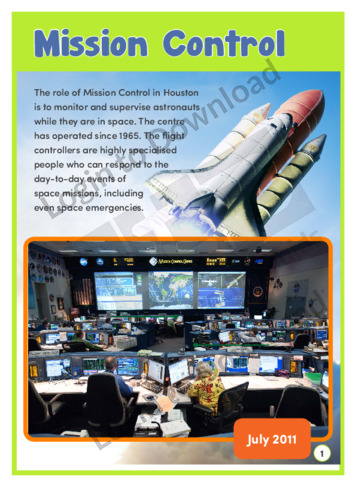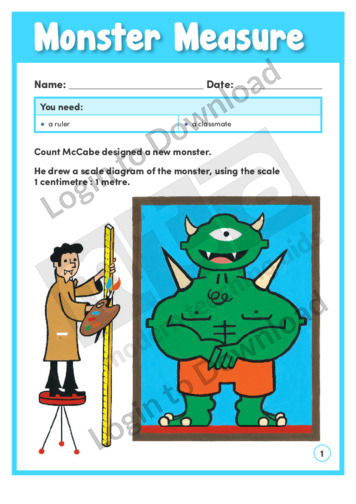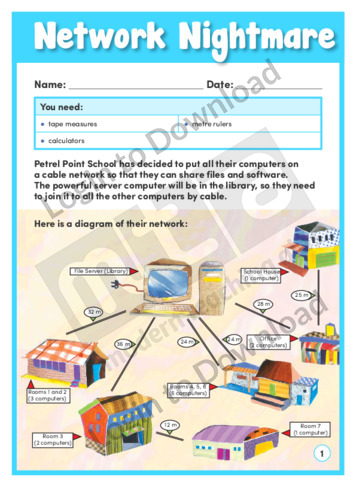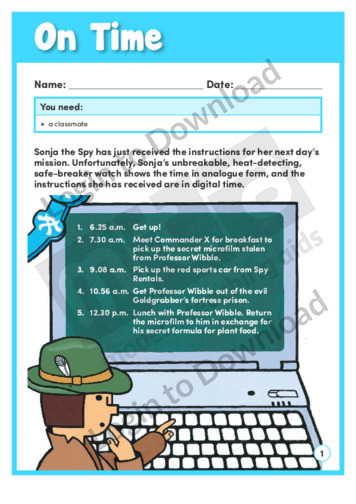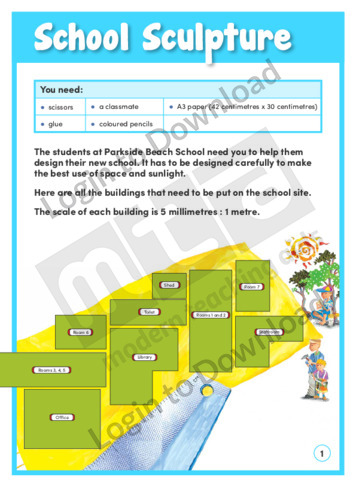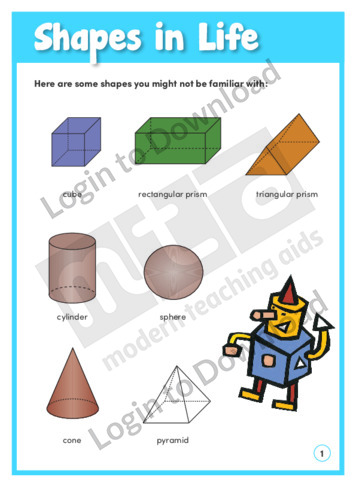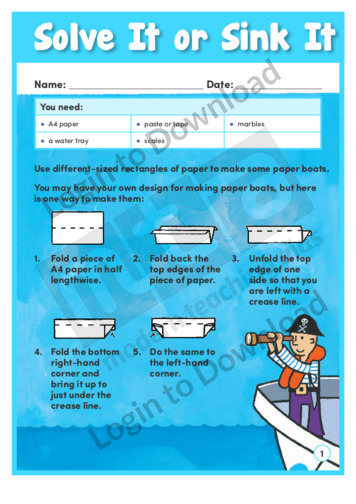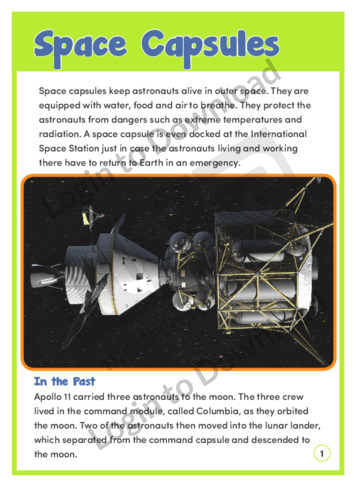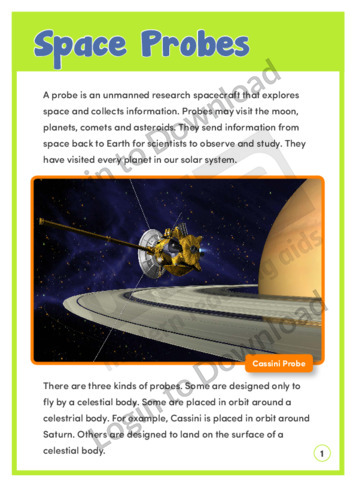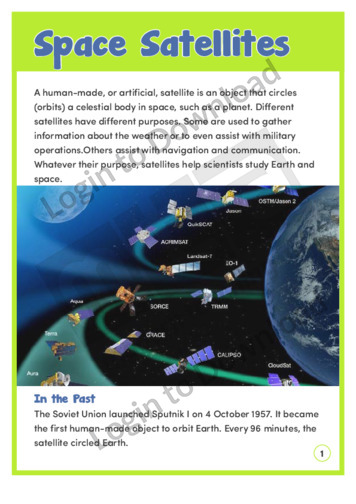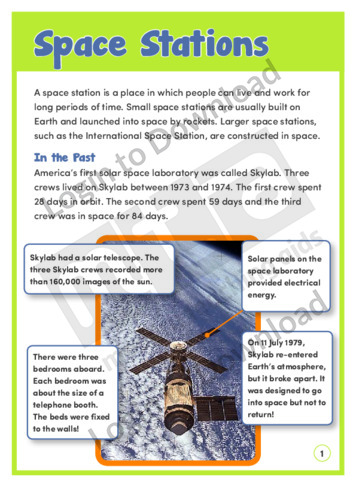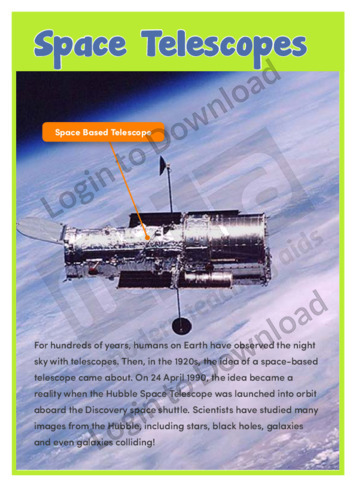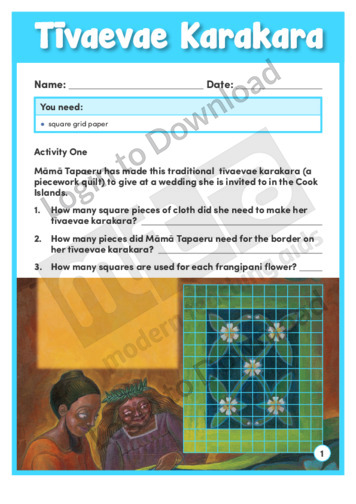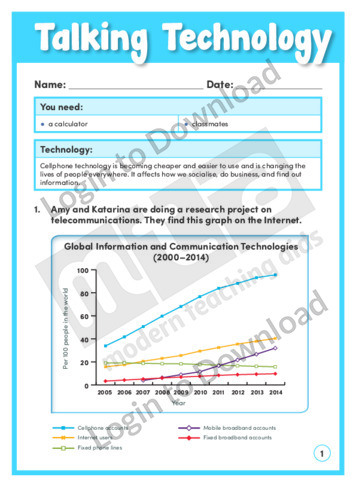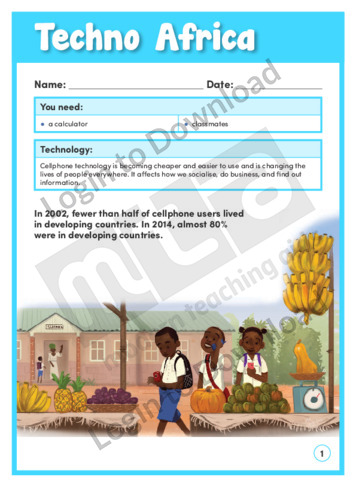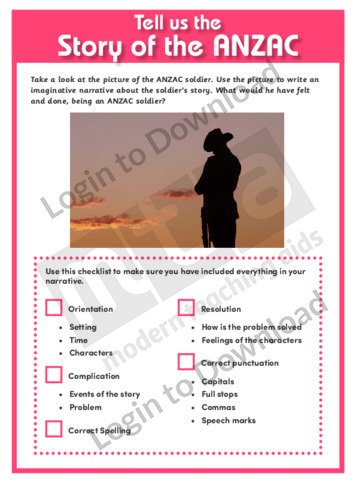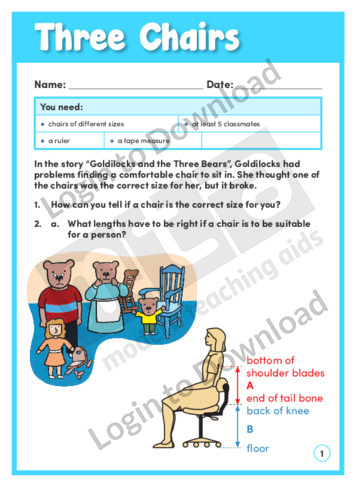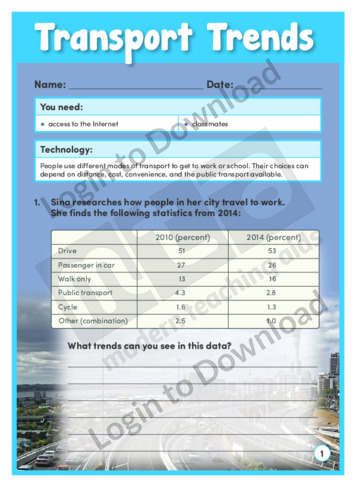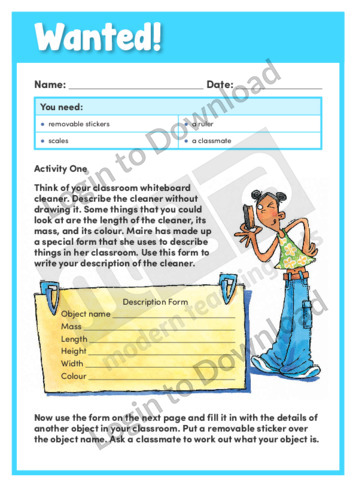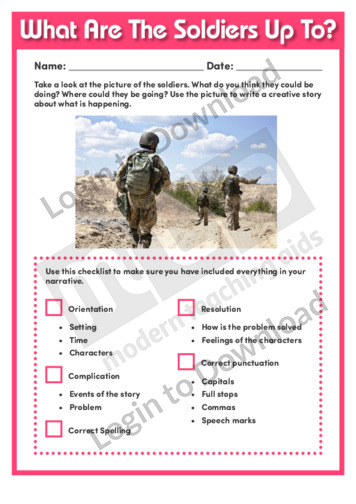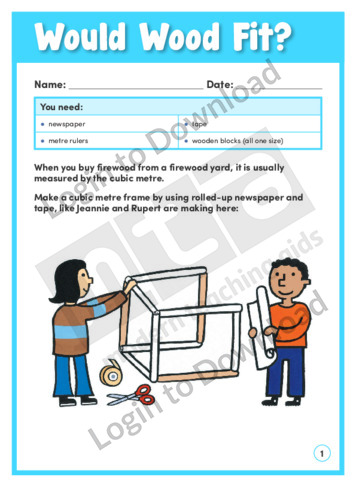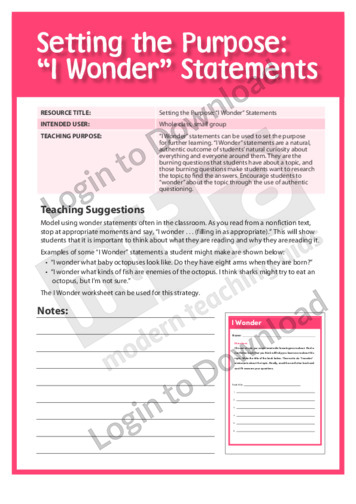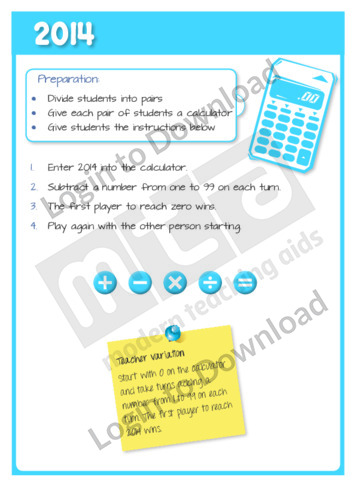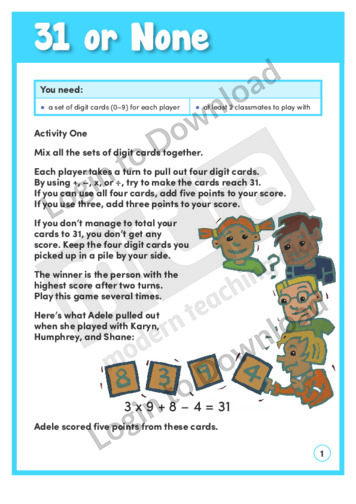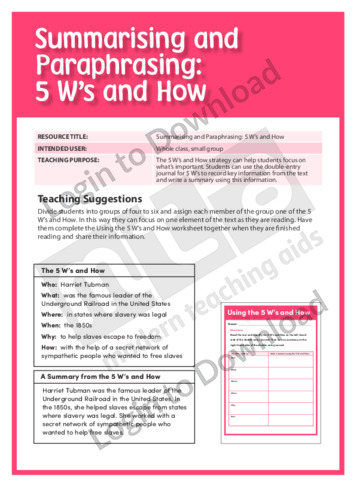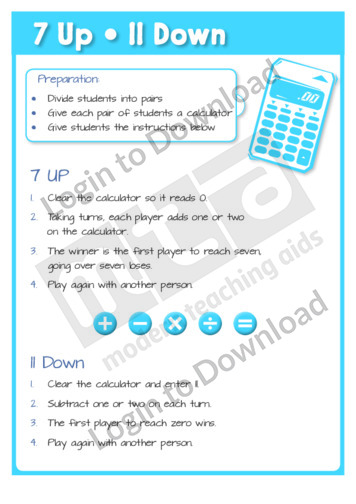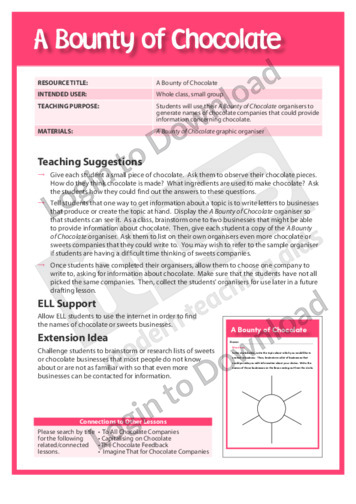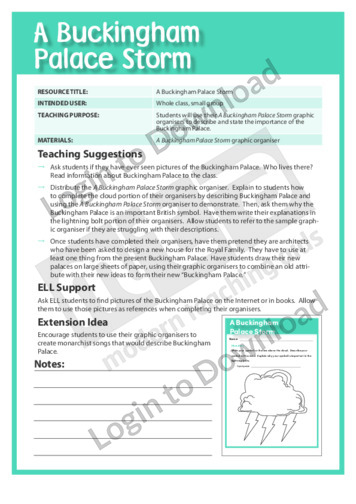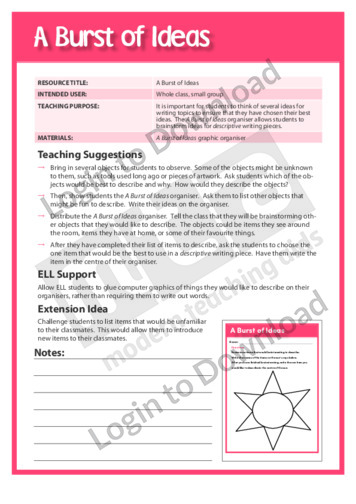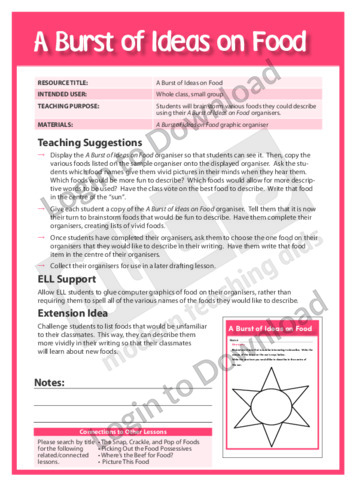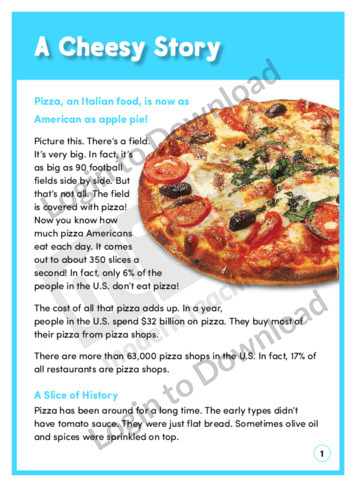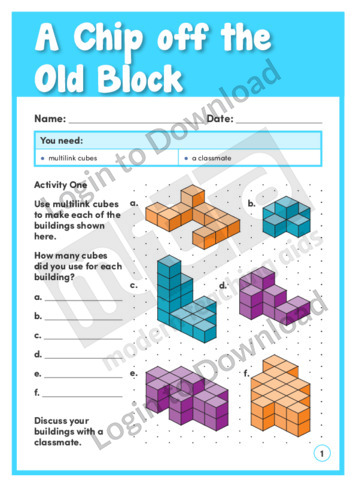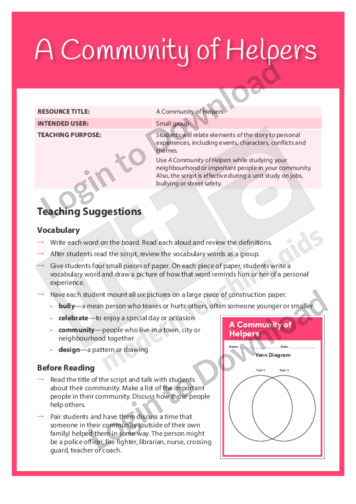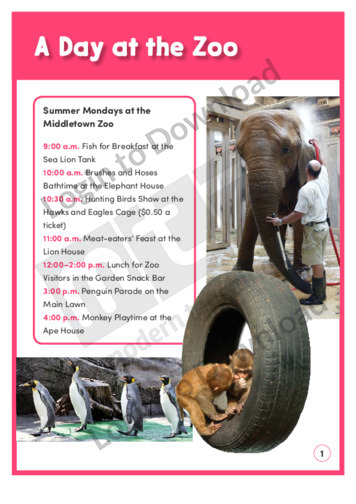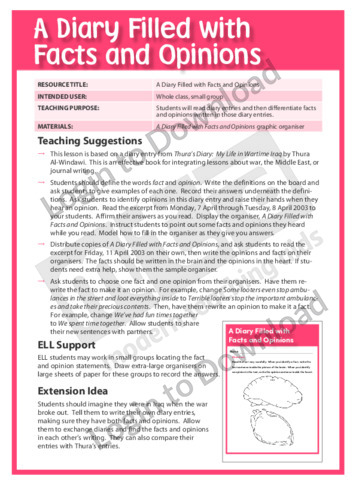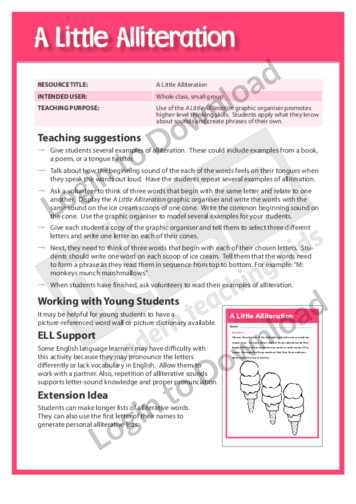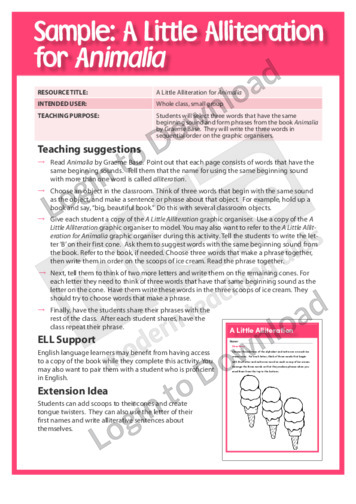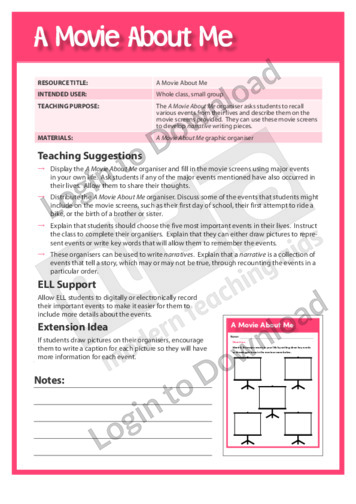In the learning activity, ‘An Absorbing Challenge’ the challenge is to use measurements of area to make judgements about the relative absorbency of paper towels. Students need to estimate the area of water blots on towels and give reasons for determining which paper towel is the best absorber. An answer sheet is provided and includes …More
The learning activity, ‘Breaking Records’ provides a fun learning activity for students to do alone or with others. They need to find out how many times they can repeat a simple task, such as joining paper clips, in one minute. They use their own results to estimate a possible world record for each task. An …More
Resistors are small, multi-coloured electrical components that are found everywhere – but what do the colours mean? In the activity, ‘Colour Coding’ students use their number skills to crack the colour codes. This activity includes comprehensive teaching notes to be read before beginning the activity with students, as they feature useful background information and suggestions …More
In the learning activity, ‘Cooking Time’ students are presented with three different problems that involve cooking. They need to use different time calculations to solve each problem. An answer sheet is provided and includes teaching notes with suggestions for supporting learning and further exploration.
In the learning activity, ‘Cuboid Construction’ four children make different cuboid shapes with up to 36 multilink cubes each. Students check the number of cubes each child used then draw some other shapes that could be made with cubes. They use these examples to explore the volume of rectangular prisms. An answer sheet is provided …More
The hands-on activity, ‘Cut It Out’ gives students grid paper and instructions to help them explore the capacity (volume) of rectangular prisms. By making their own cut-and-folded open box, students can count and check by calculations, the volume of cuboid shapes. They can record their findings on the learning activity. An answer sheet is provided …More
In the maths activity, ‘Docked!’ students play a board game to collect and drop off a bicycle in a city. By using two dice to play the game, students need to use probability and make predictions. This activity includes comprehensive teaching notes to be read before beginning the activity with students, as they feature useful …More
The activity, ‘Faceprints’ explains how facial measurements are used to identify individuals, for example in airport screening systems. Students can make measurements of their own faces and compare the results. This activity includes comprehensive teaching notes to be read before beginning the activity with students, as they feature useful background information and suggestions for supporting …More
The hands-on activity, ‘Fill Them Up’ shows how students can use a variety of different containers to estimate and compare the capacity of the containers. The activity can be done indoors or outside and would be suitable for work individually, in groups or with the whole-class. Students complete the learning activity to record and compare …More
The maths activity, ‘Function Confusion’ provides some practical examples for students explore how they can use their calculators to perform complex operations quickly. This activity includes comprehensive teaching notes to be read before beginning the activity with students, as they feature useful background information and suggestions for supporting learning. The teaching notes explain the importance …More
Going Global’ provides activities to support students’ understanding of how GPS works. They can also use latitude and longitude co-ordinates to help locate a mystery object. This activity includes comprehensive teaching notes to be read before beginning the activity with students, as they feature useful background information and suggestions for supporting learning. An answer sheet …More
In the learning activity, ‘Going the Distance’ Tui wans to find out how far she needs to travel to visit all her friends. Students measure a scale drawing to work out the distances between towns, then use addition to calculate the distances Tui must travel. Students pose further questions for classmates about the distances on …More
In the learning activity, ‘Growth Industry’ students use scale drawings to calculate the most economical way of building different sized greenhouses. They use a grid to support their thinking and give reasons for their answers. An answer sheet is provided and includes teaching notes with suggestions for supporting learning and further exploration.
Sports and swimming create number problems in this learning activity, ‘How Many?’. Students need to apply their knowledge of fractions to solve the problems. An answer sheet is provided and includes accompanying teaching notes with suggestions for supporting learning and further exploration.
In the learning activity, ‘Mini Mass’, students learn how to weigh small items by finding an average mass. They use measuring scales and a variety of objects and record their results on the learning activity. An answer sheet is provided and includes teaching notes with suggestions for supporting learning and further exploration.
In the learning activity, ‘Monster Measure’ students must use a scale drawing to calculate the actual size of a monster. They then make a scale drawing of their own monster and pose measurement questions for classmates. An answer sheet is provided and includes teaching notes with suggestions for supporting learning and further exploration.
The learning activity, ‘Network Nightmare’ poses the problem of using cabling to link up computers across a school. Students solve the network problem, then use a similar process to find the cost of networking in their own school or building. An answer sheet is provided and includes teaching notes with suggestions for supporting learning and …More
The maths activity, ‘Nifty Networks’ shows how prime numbers and their factors can be arranged in a network. Students use their number knowledge to solve the network puzzle. This activity includes comprehensive teaching notes to be read before beginning the activity with students, as they feature useful background information and suggestions for supporting learning. An …More
In the learning activity, ‘On Time’ students help Sonja the Spy complete her mission by changing digital times into analogue times. This fun activity gives students practice in using both time systems. An answer sheet is provided and includes teaching notes with suggestions for supporting learning and further exploration.
In the maths activity, ‘Pedal Power’ students play a board game to collect a bicycle and travel around a city. By using two dice to play the game, students need to use probability and make predictions. This activity includes comprehensive teaching notes to be read before beginning the activity with students, as they feature useful …More
The maths activity, ‘Prime Networks’ shows how prime numbers and their factors can be arranged in a network. Students use their number knowledge to solve the prime number puzzle, and to create a puzzle for a classmate. This activity includes comprehensive teaching notes to be read before beginning the activity with students, as they feature …More
The learning activity, ‘School Sculpture’ poses the problem of locating a variety of school buildings on a site. Students cut out and place scaled drawings of buildings onto paper to create their own school design. The answer sheet includes teaching notes with suggestions for supporting learning and further exploration.
This learning activity, ‘Shapes in Life’, introduces a variety of solids, including both polyhedra such as cubes and closed surfaces such as spheres. Students are asked to identify both two-dimensional and three-dimensional shapes in photographs of everyday objects. The accompanying teaching notes provide suggestions for supporting learning and further exploration.
How many marbles can a paper boat hold? The hands-on activity ‘Solve It or Sink It’ shows students how to make a paper boat then test its carrying capacity by loading it with marbles. Students record their findings on the learning activity. An answer sheet is provided and includes teaching notes with suggestions for supporting …More
A patchwork quilt is the feature of the learning activity, ‘Tīvaevae Karakara’. Students need to use measurement to work out the number of cloth squares required to make the quilt which has a border and a flower design. They can then use a grid to design their own quilt pattern. An answer sheet is provided …More
Talking Technology’ is a learning activity that will engage students in finding out just how quickly the world of ICT is changing. Students interpret graphs to make statements and predictions about the use of telecommunications. This activity includes comprehensive teaching notes to be read before beginning the activity with students, as they feature useful background …More
Techno Africa’ is a learning activity that engages students in understanding why cellphone usage has risen dramatically in Africa, and how this usage is helping people. This activity includes comprehensive teaching notes to be read before beginning the activity with students, as they feature useful background information and suggestions for supporting learning. An answer sheet …More
The learning activity, ‘Three Chairs’ recalls the story of Goldilocks and asks students to identify a way to find the best chair for their body size. It gives students an opportunity to use length measurements in a problem solving context. An answer sheet is provided and includes teaching notes with suggestions for supporting learning and …More
The maths activity, ‘Transport Trends’ gives students data to interpret how people use transport. They can then conduct a survey to collect data and make comparisons themselves. This activity includes comprehensive teaching notes to be read before beginning the activity with students, as they feature useful background information and suggestions for supporting learning. An answer …More
How would you describe a familiar object? In the learning activity and learning activity, ‘Wanted!’ students close their eyes as they try to describe the size, shape and colour of a whiteboard cleaner. They then use the description sheet to describe other objects, using the same properties. An answer sheet is provided and includes teaching …More
The learning activity, ‘Weighty Words’ involves moving cartons of books from a library. Students can complete the learning activity by engaging in a learning activity to find the weight (mass) of different books in their classroom. An answer sheet is provided and includes teaching notes with suggestions for supporting learning and further exploration.
The intriguing learning activity, ‘Working with Wool’ uses the real-life context of sheep farming to enable students to practise calculating measurements using multiplication and division. This activity includes comprehensive teaching notes to be read before beginning the activity with students, as they feature useful background information and suggestions for supporting learning. An answer sheet is …More
The learning activity, ‘Would Wood Fit?’ includes a learning activity that helps students understand the size, volume and concept of a cubic measure. As well as making a cube, they answer questions by estimating and testing the capacity of various cuboid shapes – including a tree. An answer sheet is provided and includes teaching notes …More
This content area reading learning activity, ”I Wonder’ Statements,’ can be used to set the purpose for further learning. ‘I wonder’ statements are the burning questions that students have about a topic, and which make students want to research the topic to find the answers.
This maths activity, ‘2014’ develops basic maths skills by encouraging students to practise subtraction as part of a game played in pairs with a calculator.
There are two activities in ’31 or None’. The first is a learning activity based on an ancient Chinese game. It allows students to practise the four operations. The second activity poses a doubling problem. The accompanying answers and teaching notes include suggestions for supporting learning and further exploration.
This content area reading learning activity, ‘5 W’s and How,’ helps students focus on what’s important. Students can use the double-entry journal for 5 W’s to record key information from the text and write a summary using this information.
These maths activities, ‘7 Up’ and ’11 Down’ develop basic maths skills by encouraging students to practise addition and subtraction, as part of games played in pairs with a calculator.
This Readers Theatre activity, ‘Biography: Harriet Tubman’ encourages students to understand similarities and differences within and among literary works from various genres and cultures. It also builds reading fluency. This activity includes a script for 5 readers.
This graphic organiser, ‘A Bounty of Chocolate’ supports students in planning writing by brainstorming a list of chocolate companies that they could write to for information.
This graphic organiser, ‘A Buckingham Palace Storm’ allows students to describe and state the importance of Buckingham Palace.
This graphic organiser, ‘A Burst of Ideas’ supports students in planning writing using brainstorming prewriting strategies for descriptive writing pieces.
This graphic organiser, ‘A Burst of Ideas on Food’ supports students in planning writing using brainstorming prewriting strategies for descriptive writing about food.
This content area reading activity, ‘A Cheesy Story’ is a maths based reading comprehension exercise encouraging students to use headings to divide their writing into sections.
This learning activity, ‘A Chip off the Old Block’, shows drawings of buildings and asks students to build them using multilink cubes. Students then draw their own building on the isometric dot paper. An answer sheet is provided and includes accompanying teaching notes with suggestions for supporting learning and further exploration.
This Readers Theatre activity, ‘A Community of Helpers’ encourages students to relate elements of the story to personal experiences. It also builds reading fluency. This activity includes a script for 6 readers.
This content area reading activity, ‘A Day at the Zoo’ is an English based reading comprehension exercise encouraging students to recognise and understand schedules and to recognise compound words.
This graphic organiser, ‘A Diary Filled with Facts and Opinions’ asks students to read diary entries and differentiate facts and opinions in the text.
This graphic organiser, ‘A Little Alliteration’ asks students to apply what they know about sounds to create alliteration phrases of their own.
This graphic organiser, ‘A Little Alliteration for Animalia’ asks students to select three words that have the same beginning sound and form phrases from the book Animalia by Graeme Base, then write the three words in sequential order.
This graphic organiser, ‘A Movie About Me’ supports students in planning autobiographical writing using prewriting strategies.
It�s that easy!

